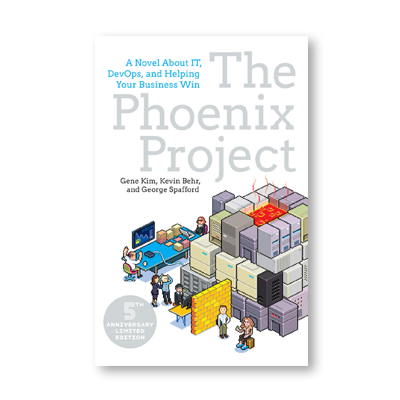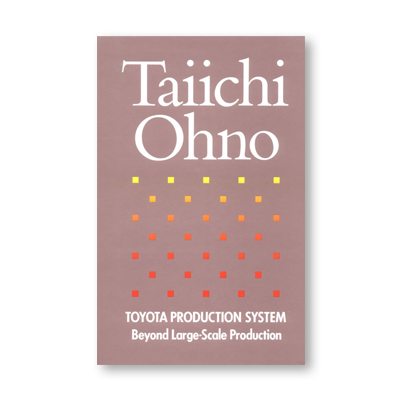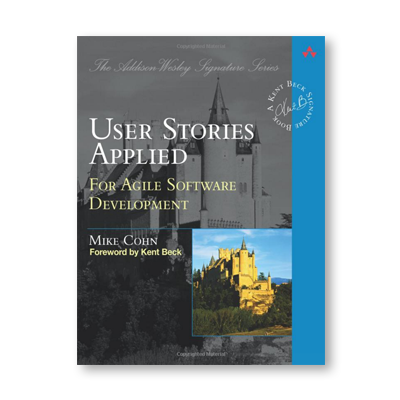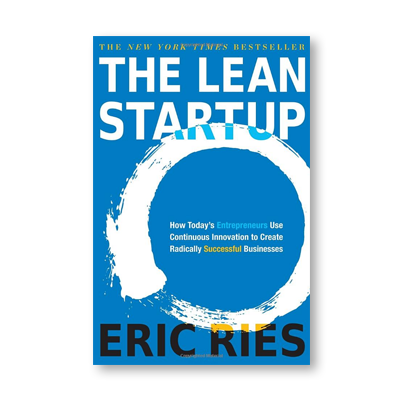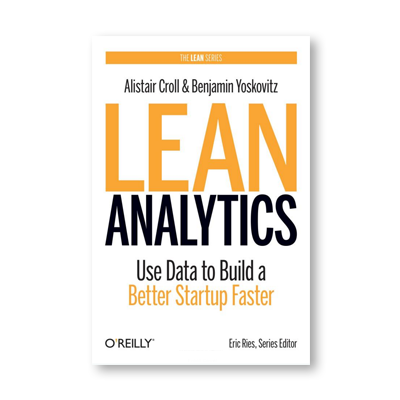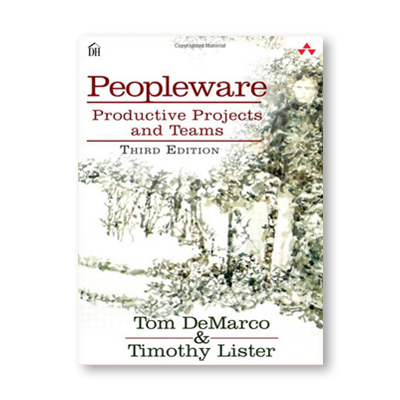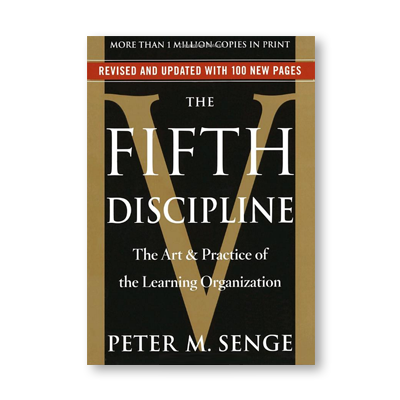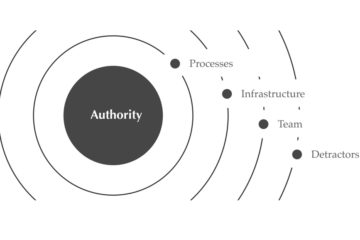Reading List
These ideas aren’t new, but I haven’t met many people that talk about them in the context of design yet. I’ve included a reading list here.
To learn more about batching and the way WIP is reduced in the software development process, I recommend The Phoenix Project. It is, like many “lean” things, heavily influenced by the Toyota Production System, so to go to the source, I would suggest Ohno Tachii’s book of the same name.
Scrum and Agile have a plethora of books about their process. On the user stories side of things, I’ve found Mike Cohn’s book User Stories Applied to be quite useful.
The “Lean Start Up” crowd has been around for a while and there are a number of books published in that same vein. It is best to start with The Lean Start Up by Eric Ries, but Lean Analytics is probably the most important as it really gets into the meat of how companies or teams within companies can structure their strategies within the context of a lean increment.
The ultimate goal is to become a learning organization, though I believe all of the afore-mentioned books, often fail to consider the organizational shifts that must occur for truly autonomous agile teams to learn.
In terms of team structure and management, Peopleware is a great resource.
To think about organizations in truly transformative ways, we should consider the way they are currently structured and will need to be structured in the future.
Laloux’s book, Reinventing Organizations offers perhaps the most useful model for what a 21st century organization should look like ((in his model, we would say that the design industry evolved for “Orange” organizations, but agile software development practice is more “Teal”)), and Peter Senge’s book The Fifth Discipline has the most robust tools for understanding in better detail how these things can fit together.
